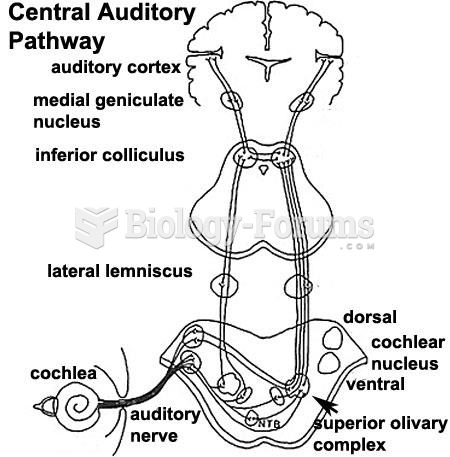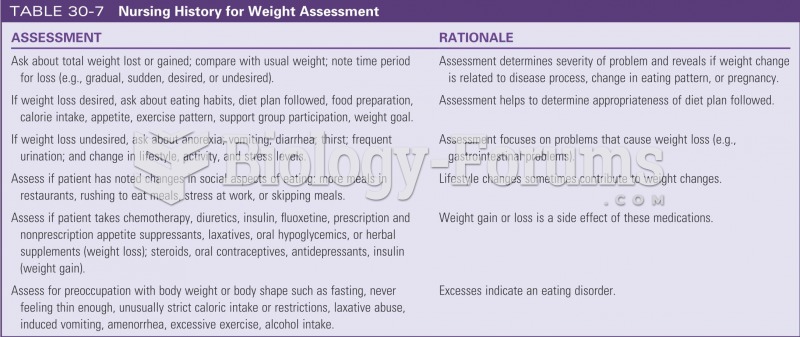Answer to Question 1
Correct Answer: 2
Rationale 1: Implementation is incorrect because the evaluation phase compares the client's current health status with desired outcomes to determine whether the plan of care is appropriate or needs revision.
Rationale 2: The evaluation phase compares the client's current health status with desired outcomes to determine whether the plan of care is appropriate or needs revision.
Rationale 3: Planning is incorrect because the evaluation phase compares the client's current health status with desired outcomes to determine whether the plan of care is appropriate or needs revision.
Rationale 4: Assessment is incorrect because the evaluation phase compares the client's current health status with desired outcomes to determine whether the plan of care is appropriate or needs revision.
Global Rationale: The evaluation phase compares the client's current health status with desired outcomes to determine whether the plan of care is appropriate or needs revision. Assessment is incorrect because the evaluation phase compares the client's current health status with desired outcomes to determine whether the plan of care is appropriate or needs revision. Planning is incorrect because the evaluation phase compares the client's current health status with desired outcomes to determine whether the plan of care is appropriate or needs revision. Implementation is incorrect because the evaluation phase compares the client's current health status with desired outcomes to determine whether the plan of care is appropriate or needs revision.
Answer to Question 2
Correct Answer: 4
Rationale 1: This information should be included when administering medication to a client.
Rationale 2: This information should be included when administering medication to a client.
Rationale 3: This information should be included when administering medication to a client.
Rationale 4: Drug classification does not need to be included in client teaching unless the medication will be taken following discharge.
Global Rationale: Drug classification does not need to be included in client teaching unless the medication will be taken following discharge. The reason for the medication, potential side effects, and the name of the medication must all be included in the teaching, even if the client will not be taking the medication when they go home.







